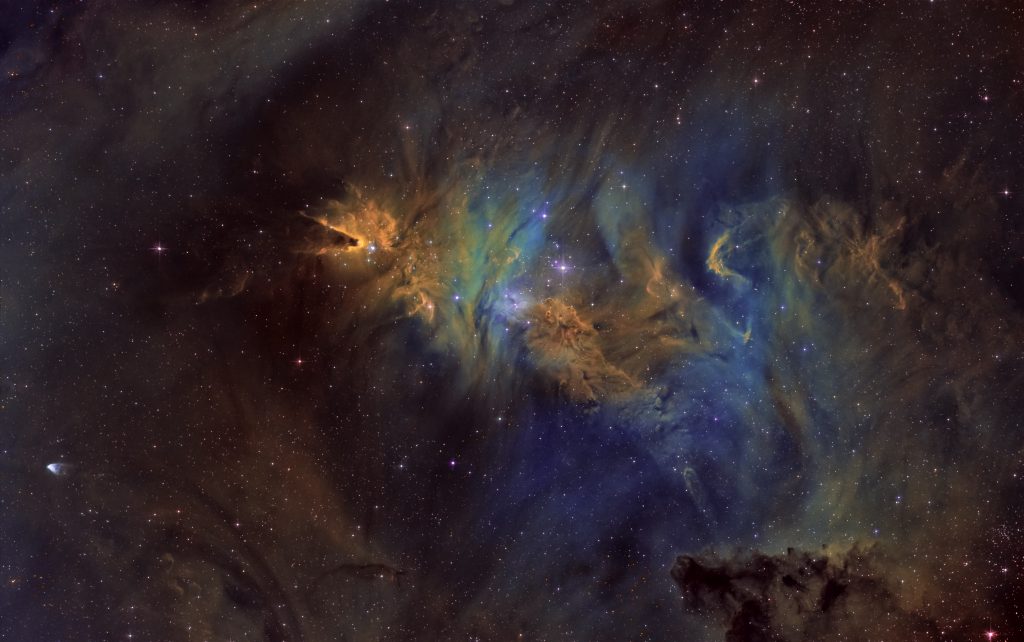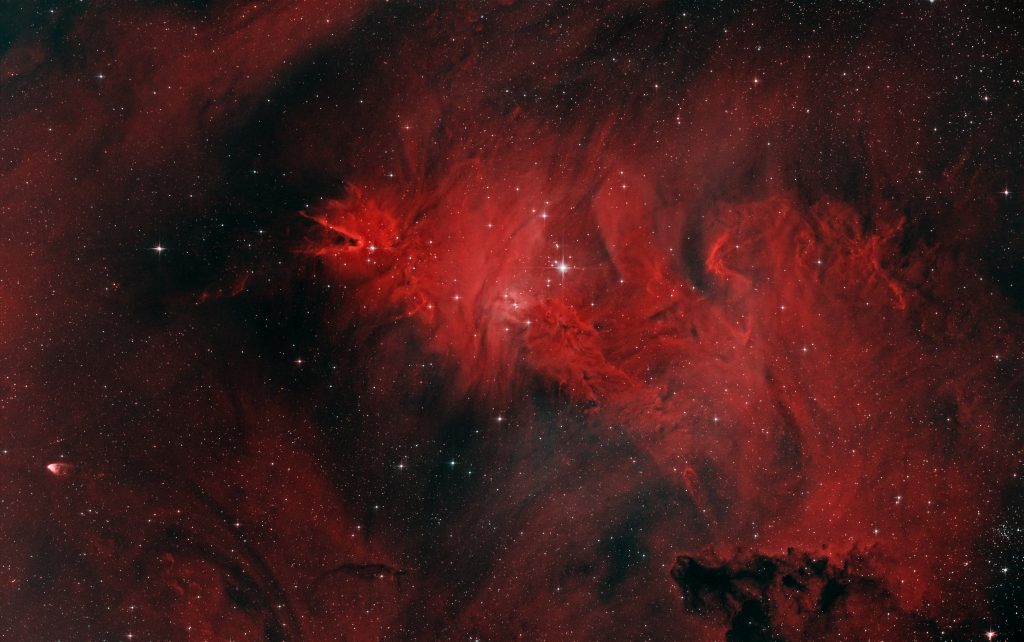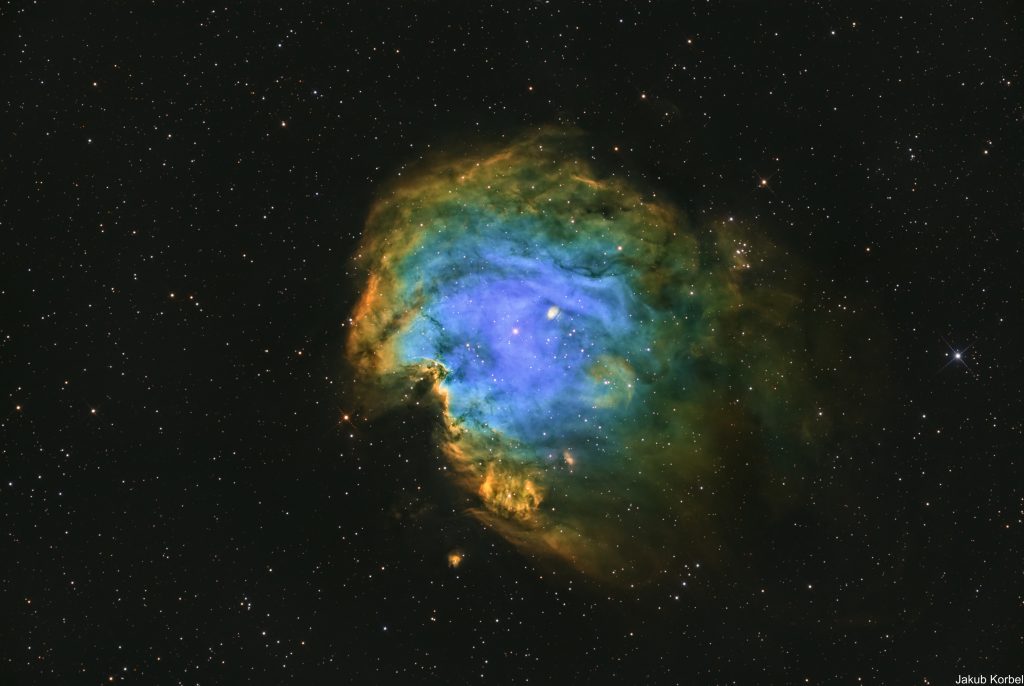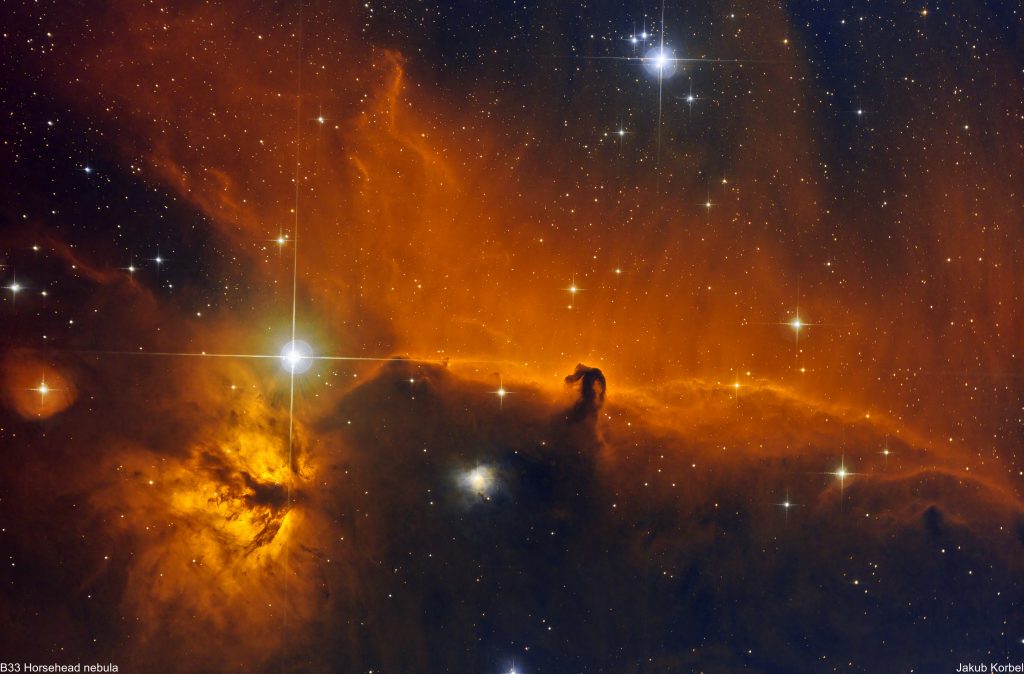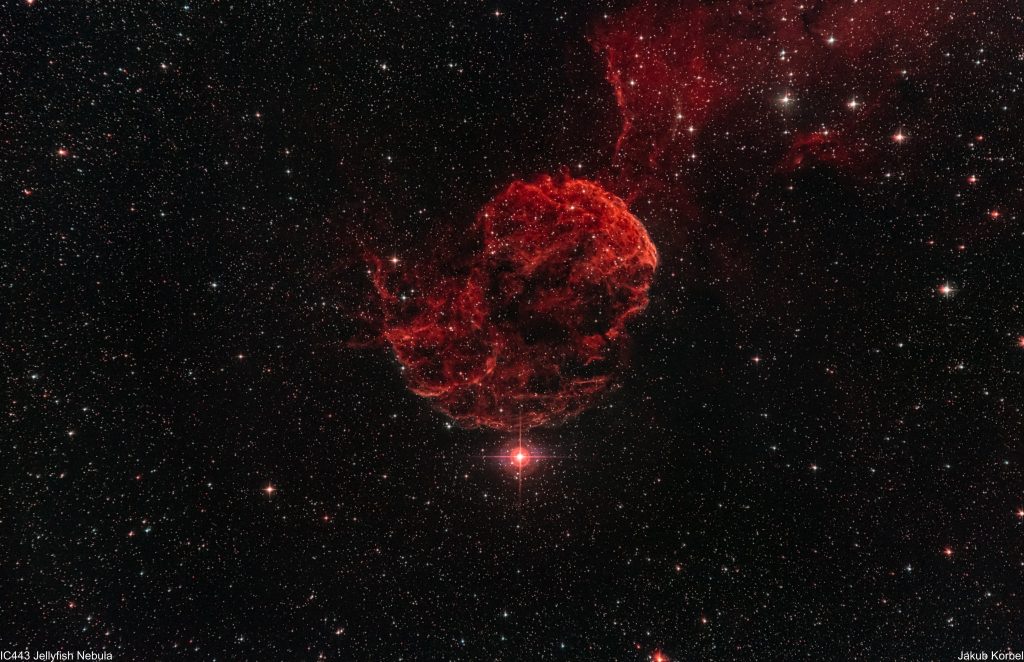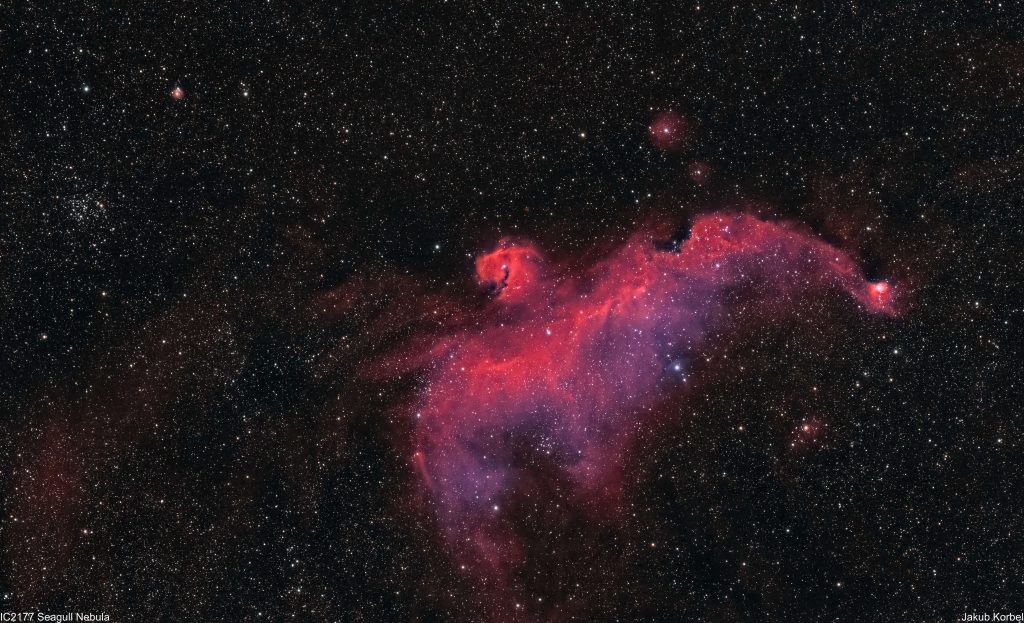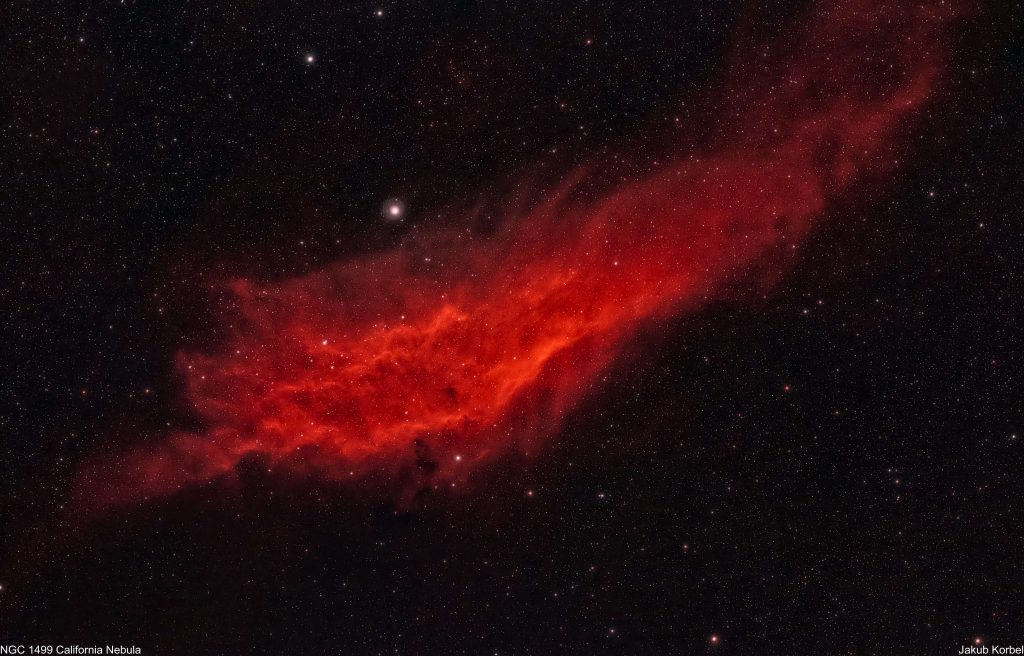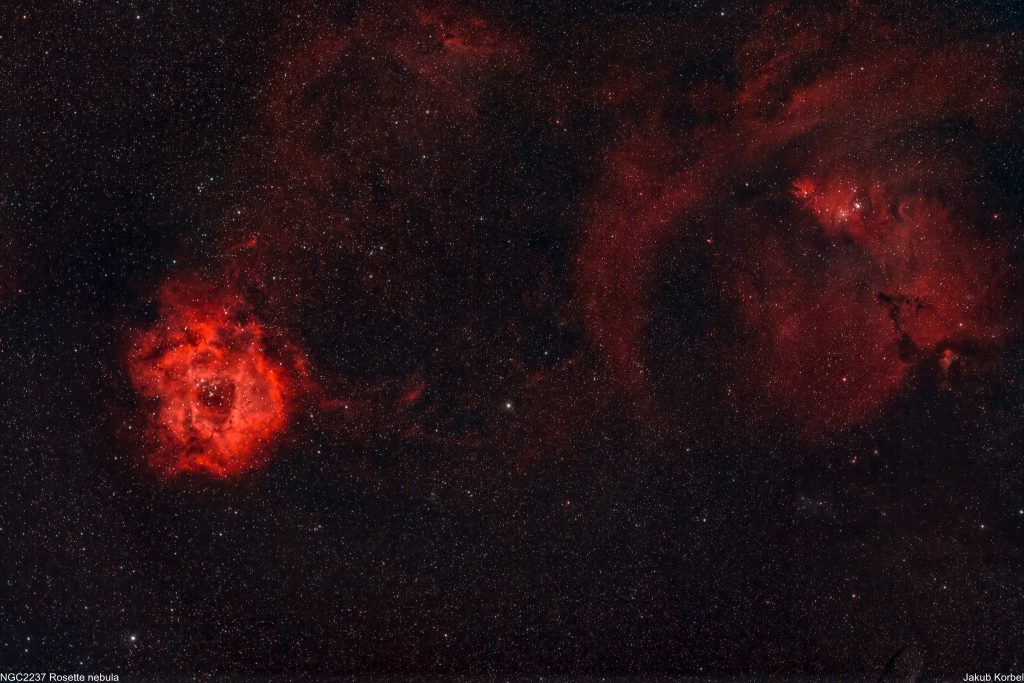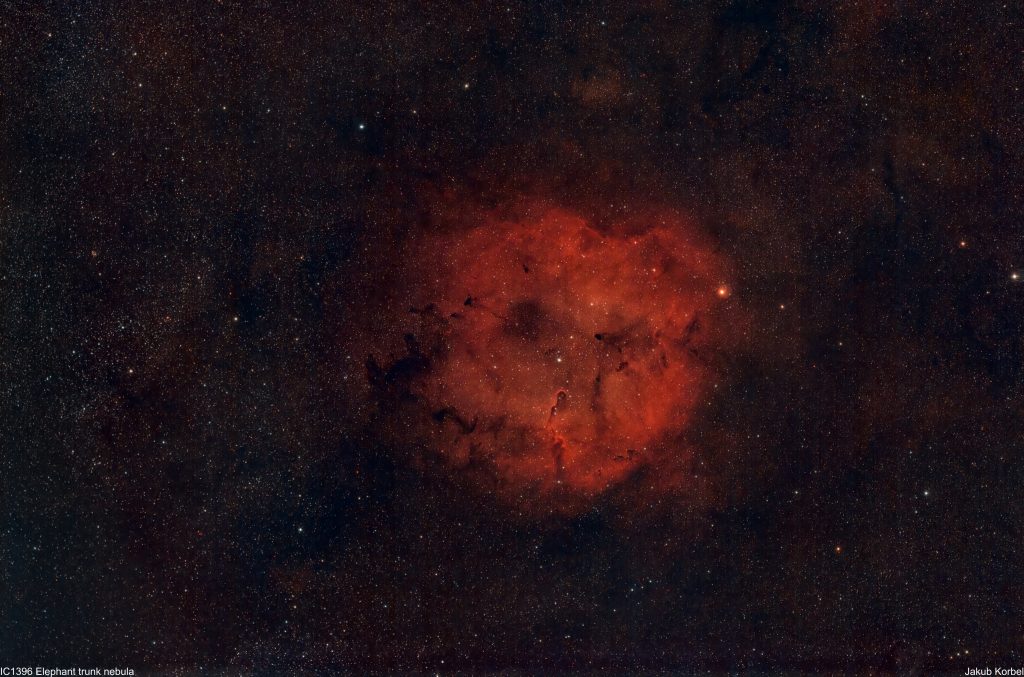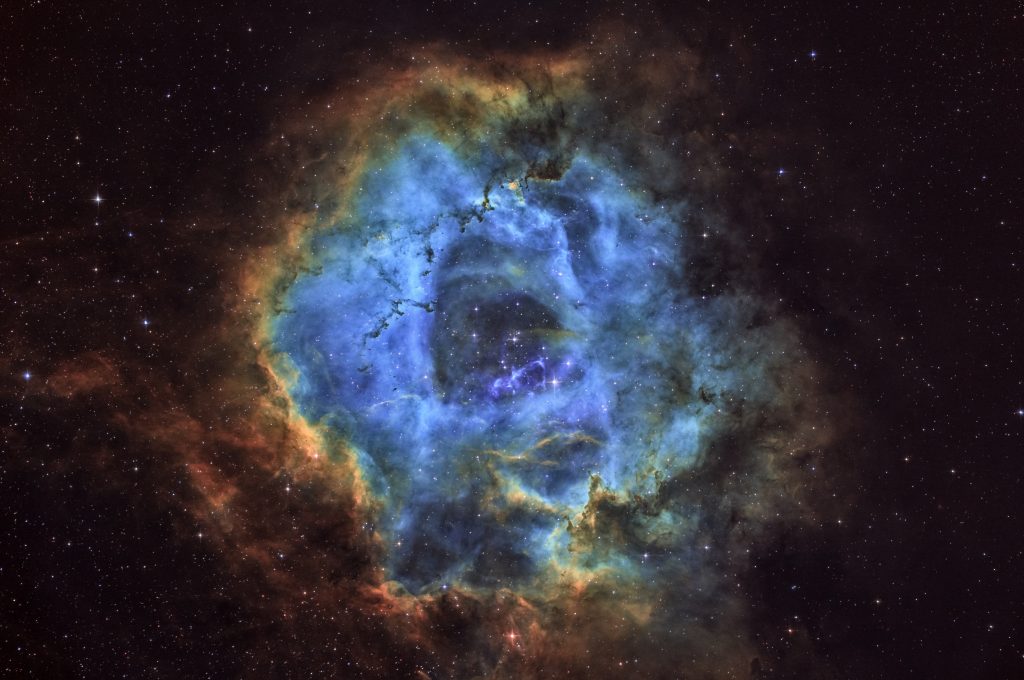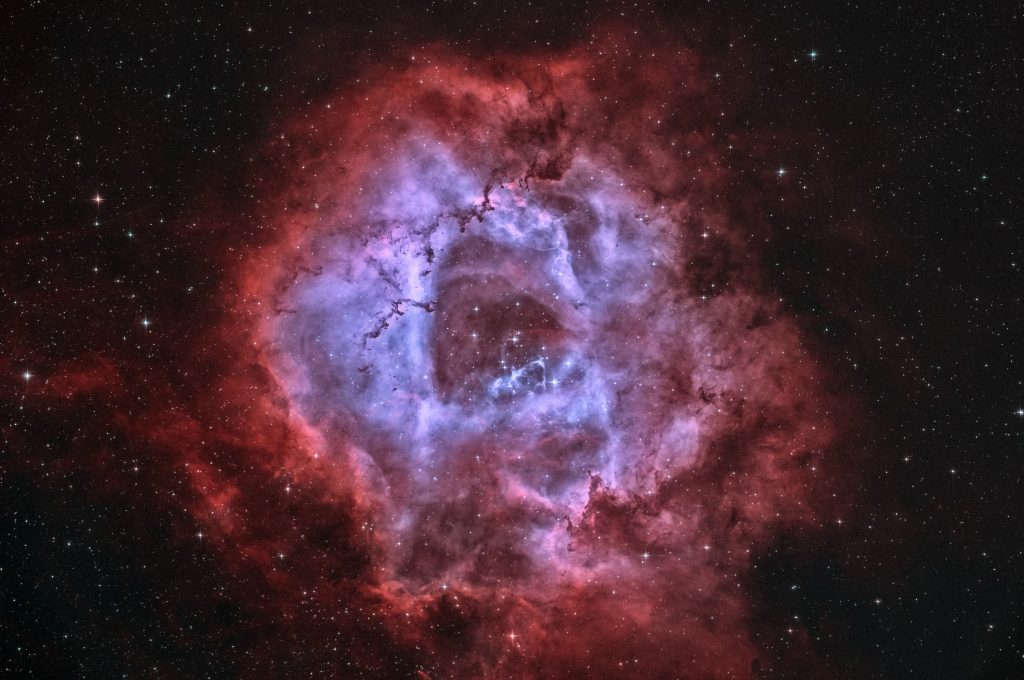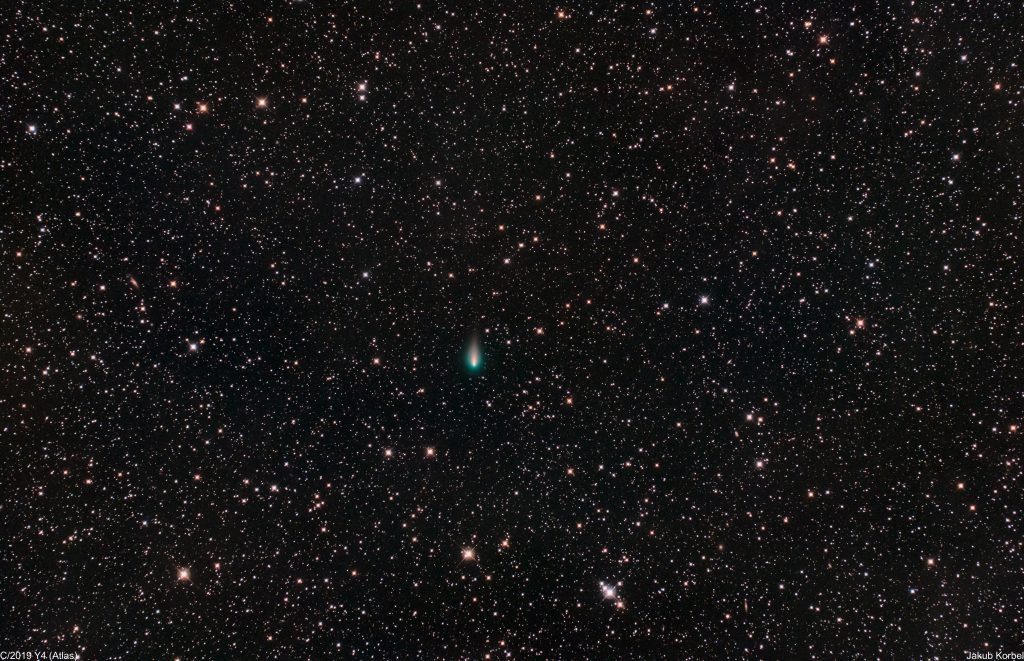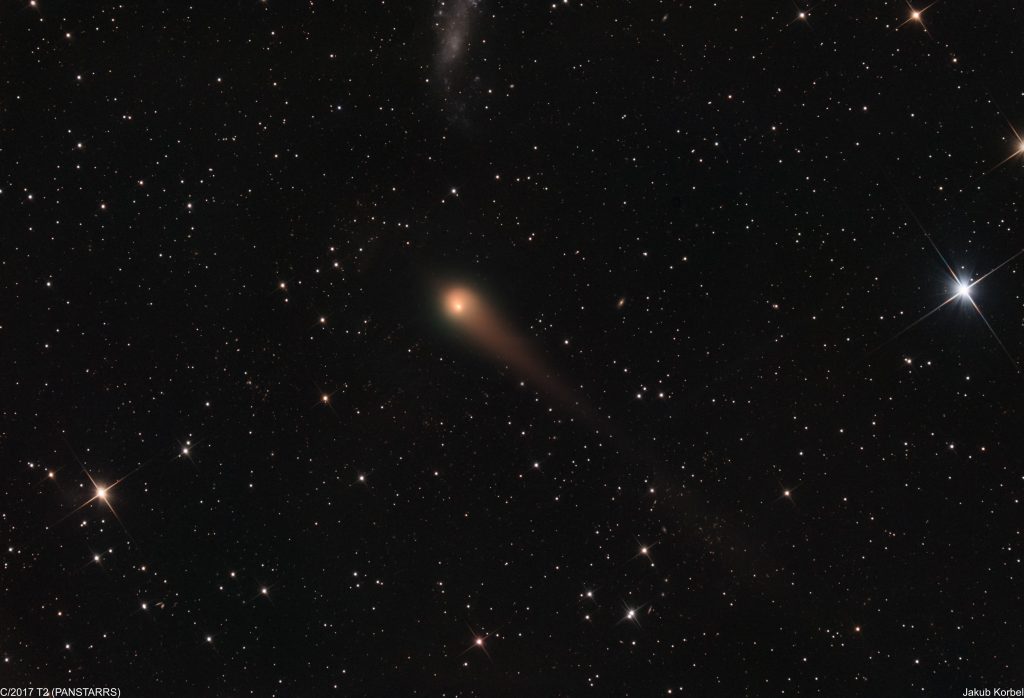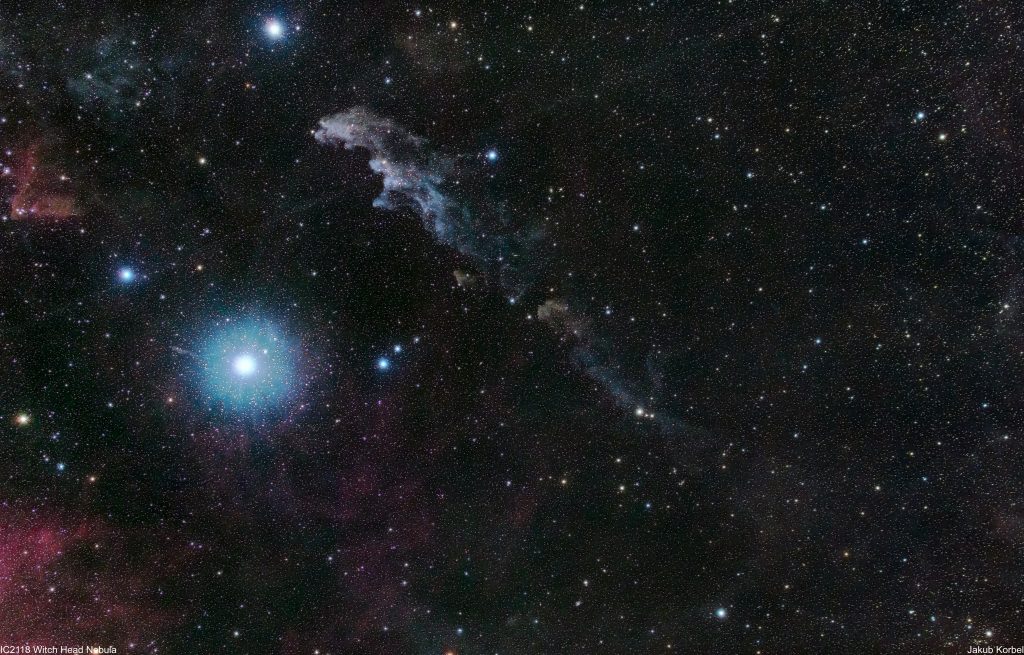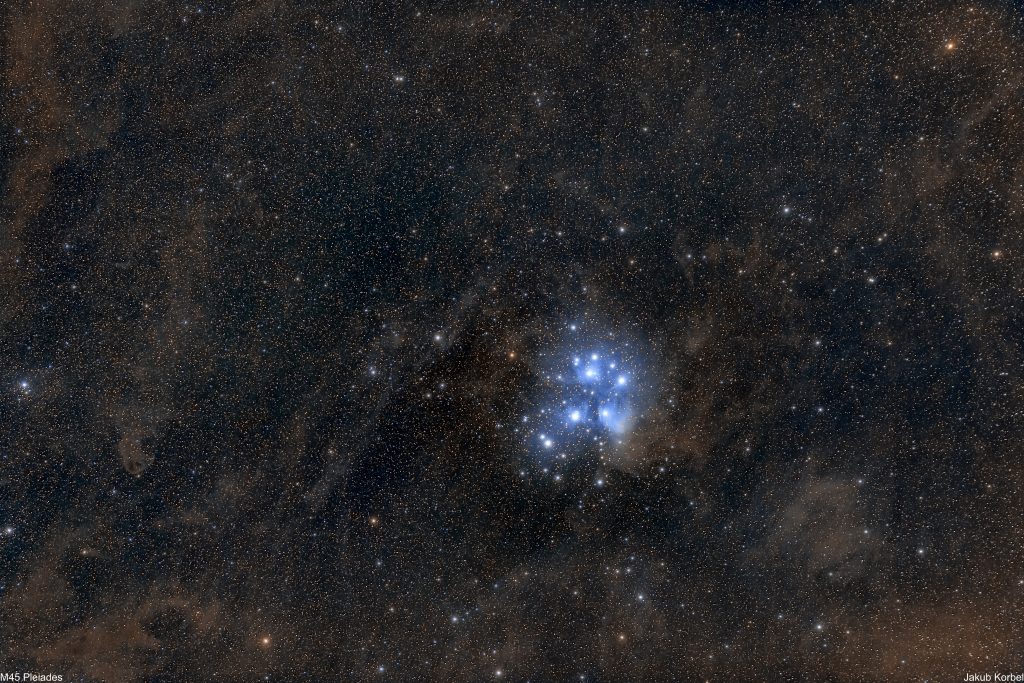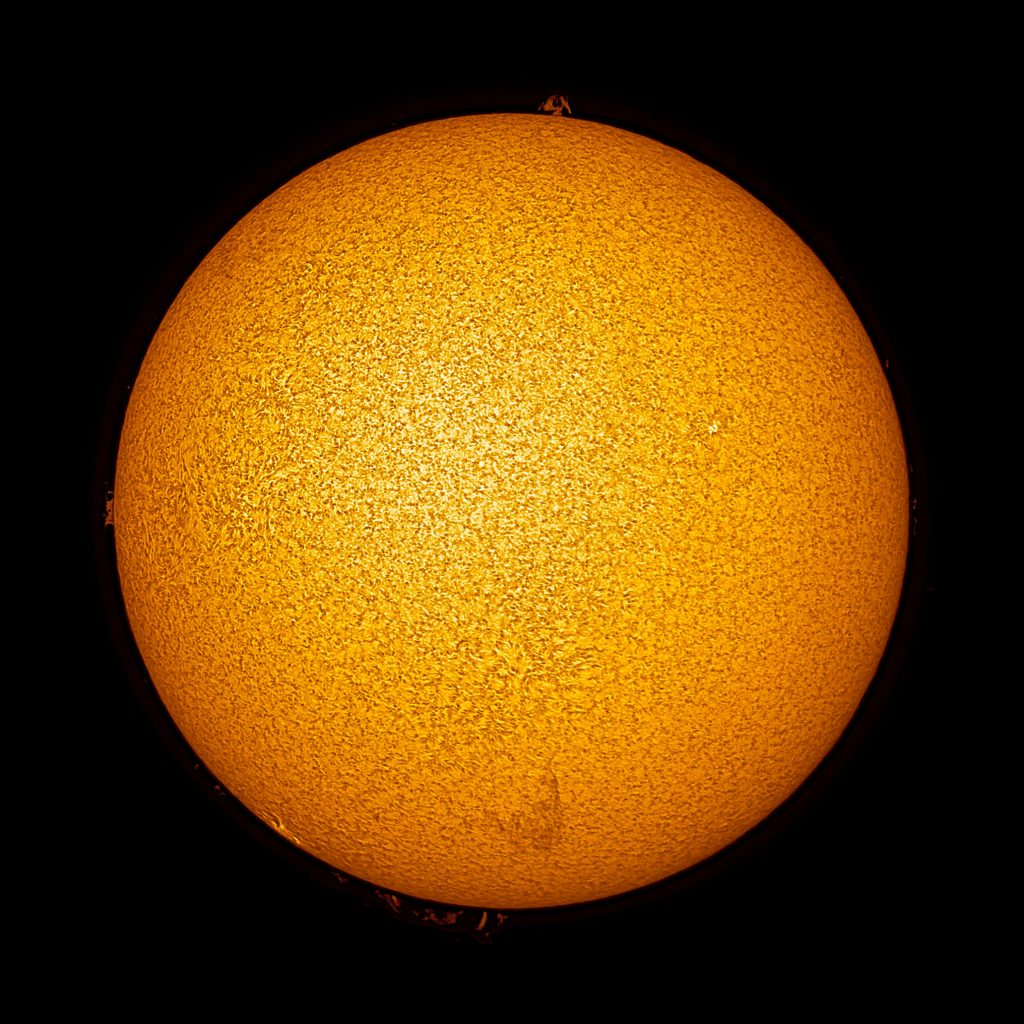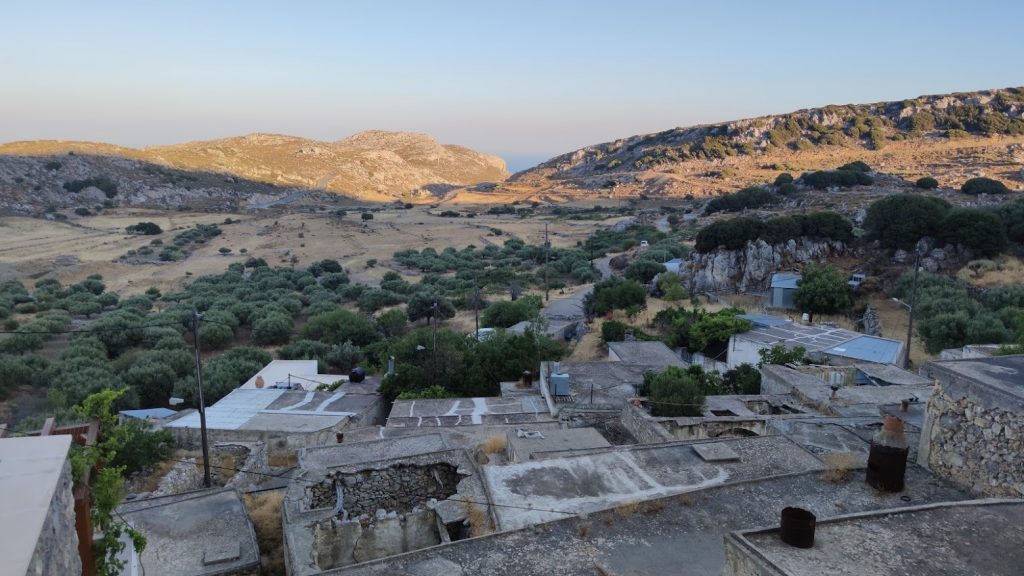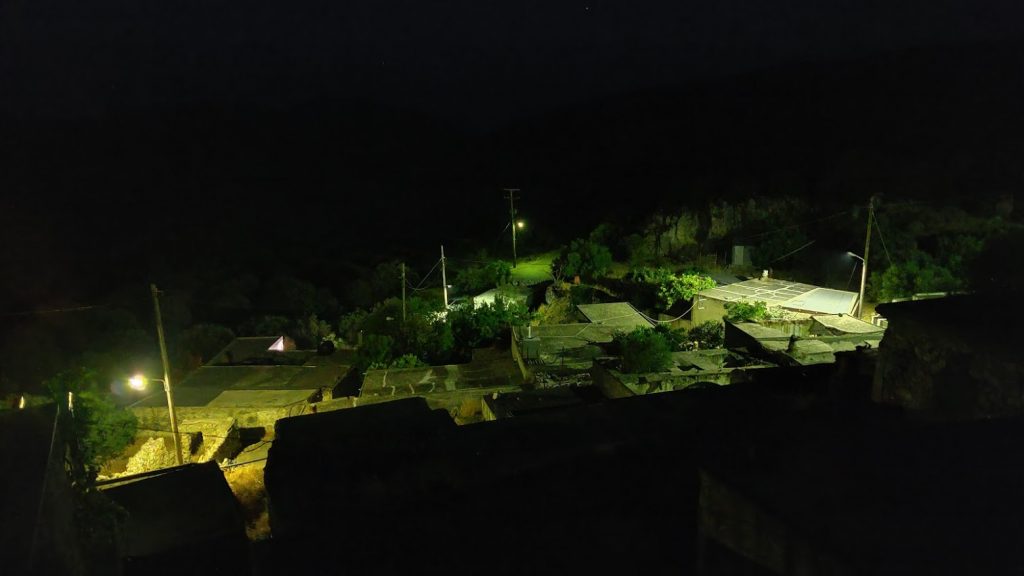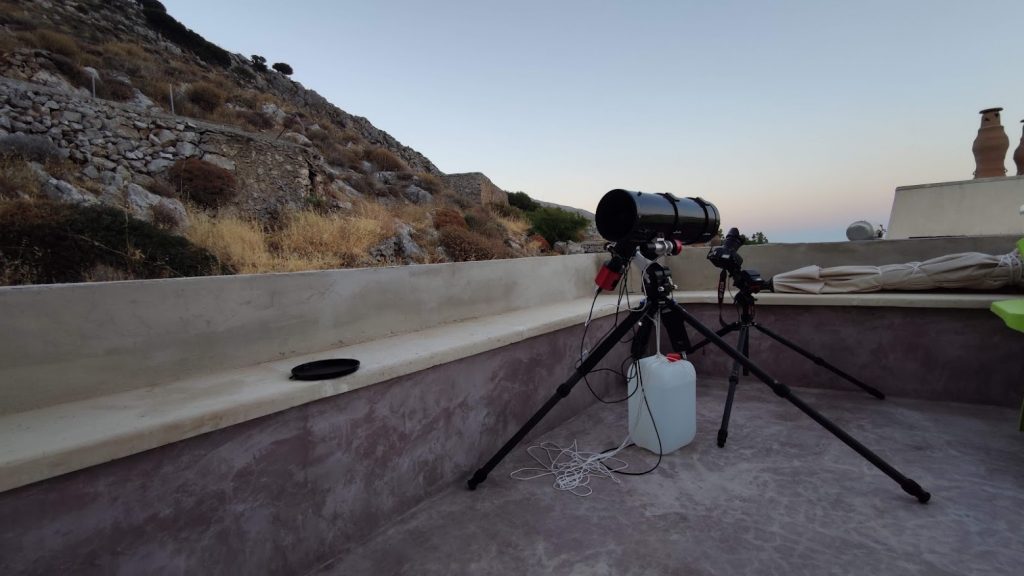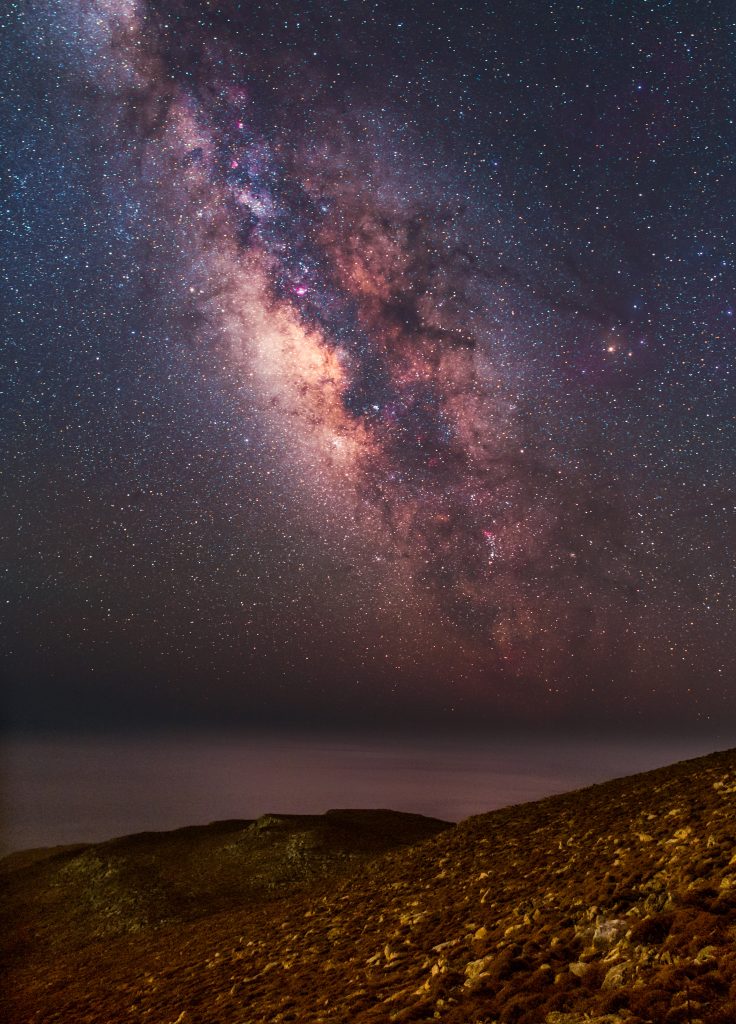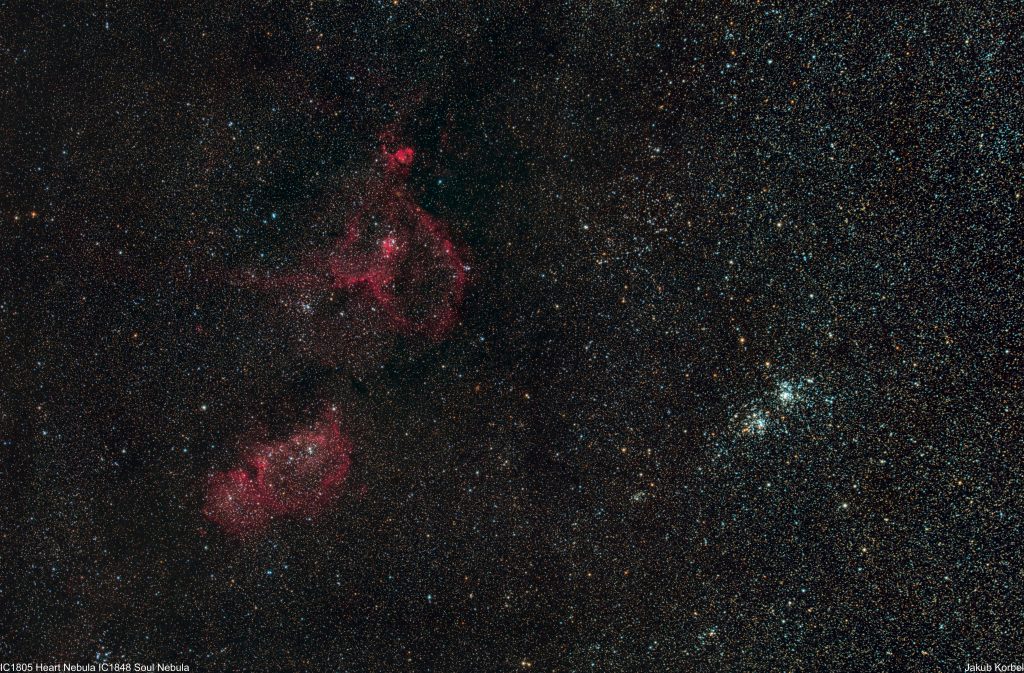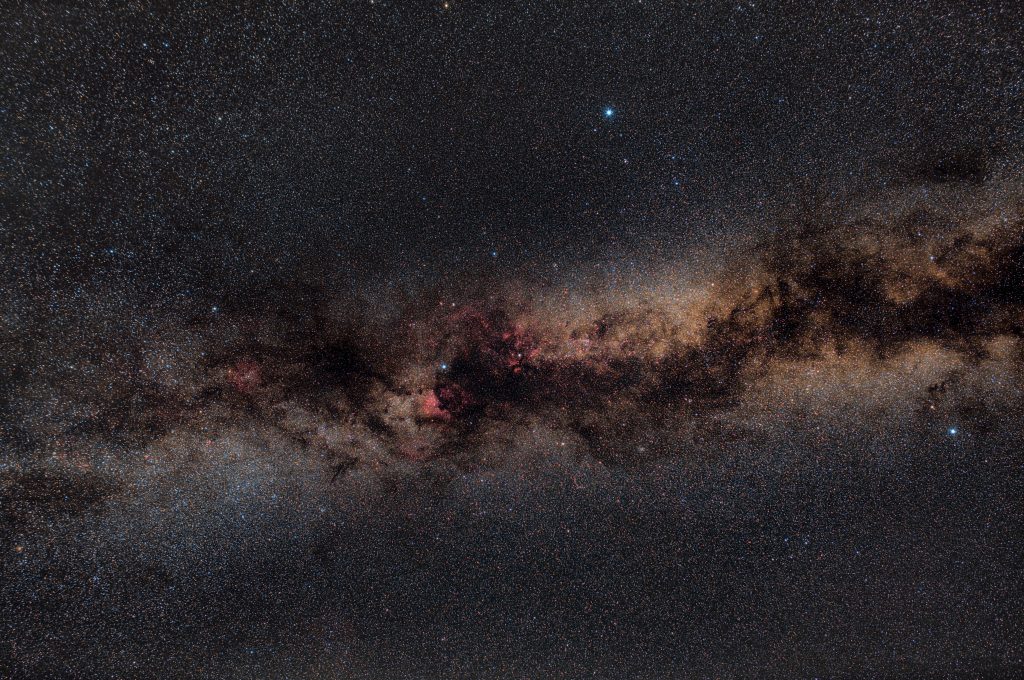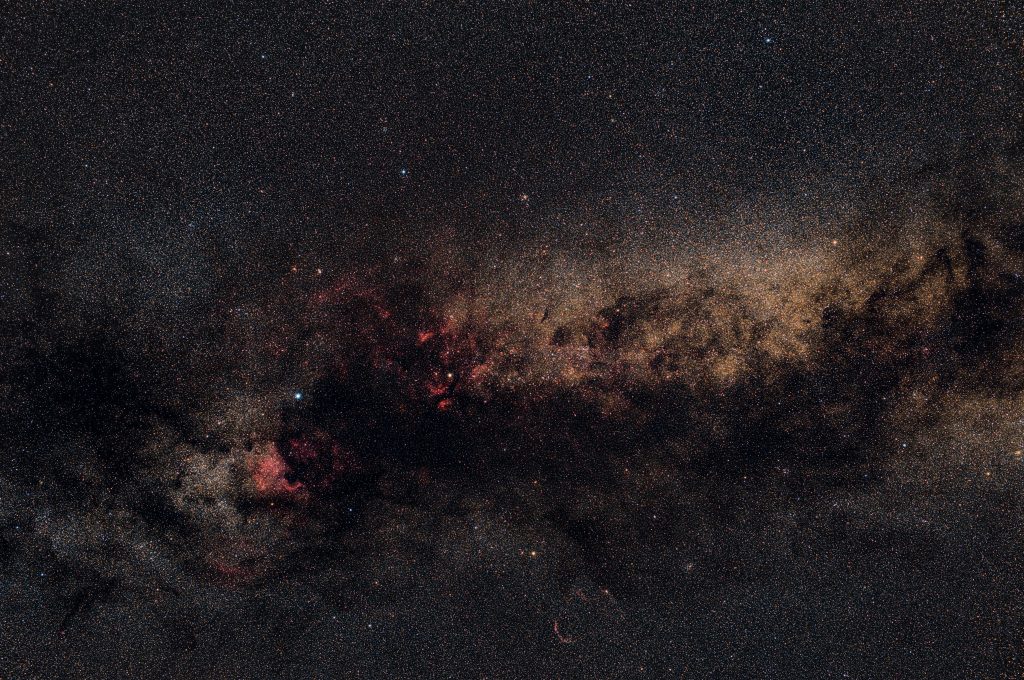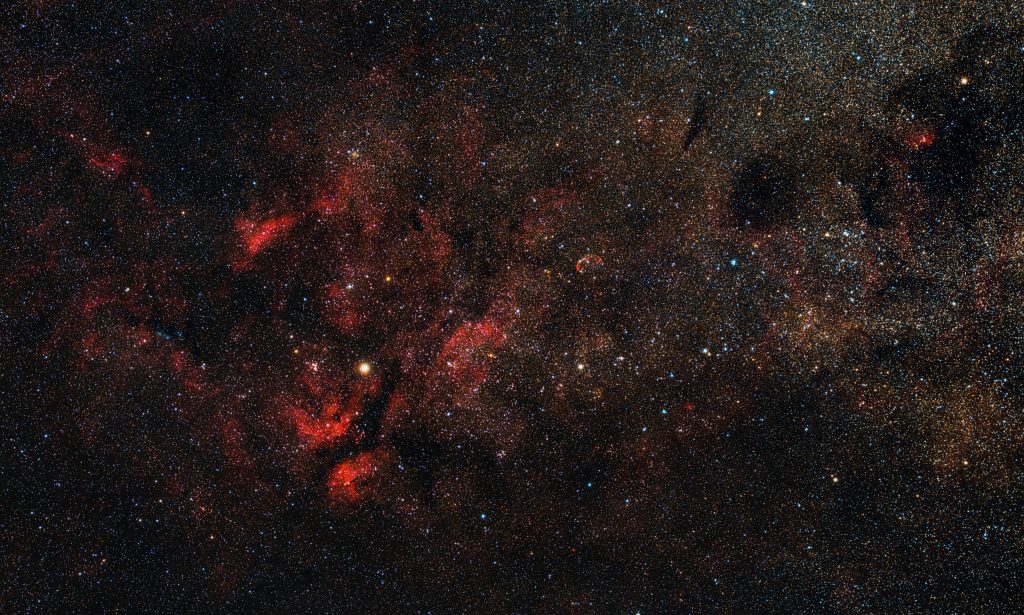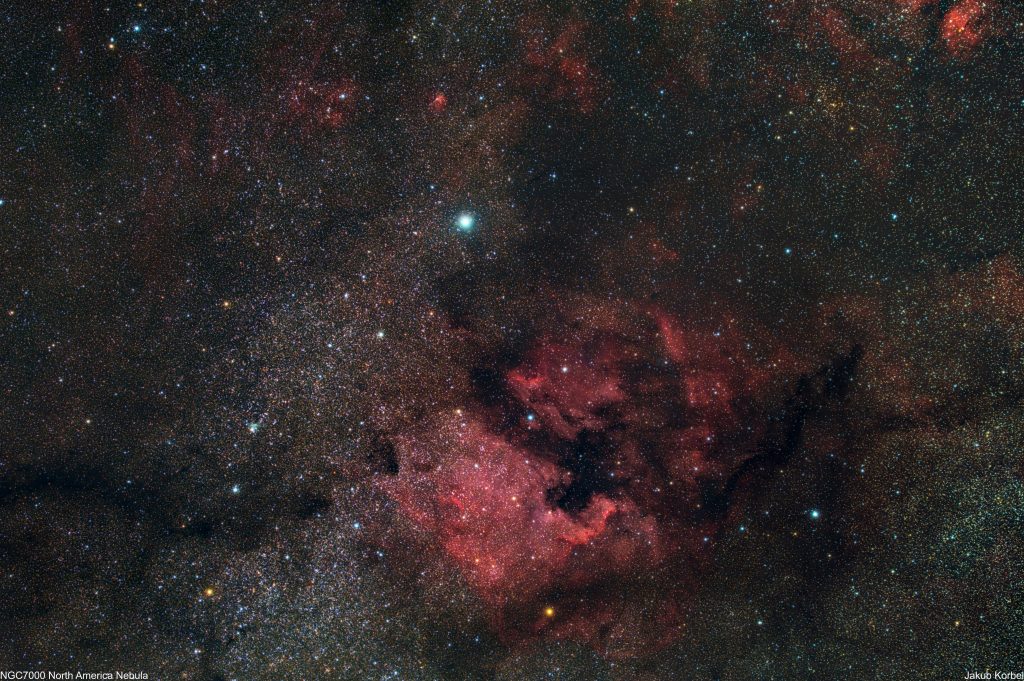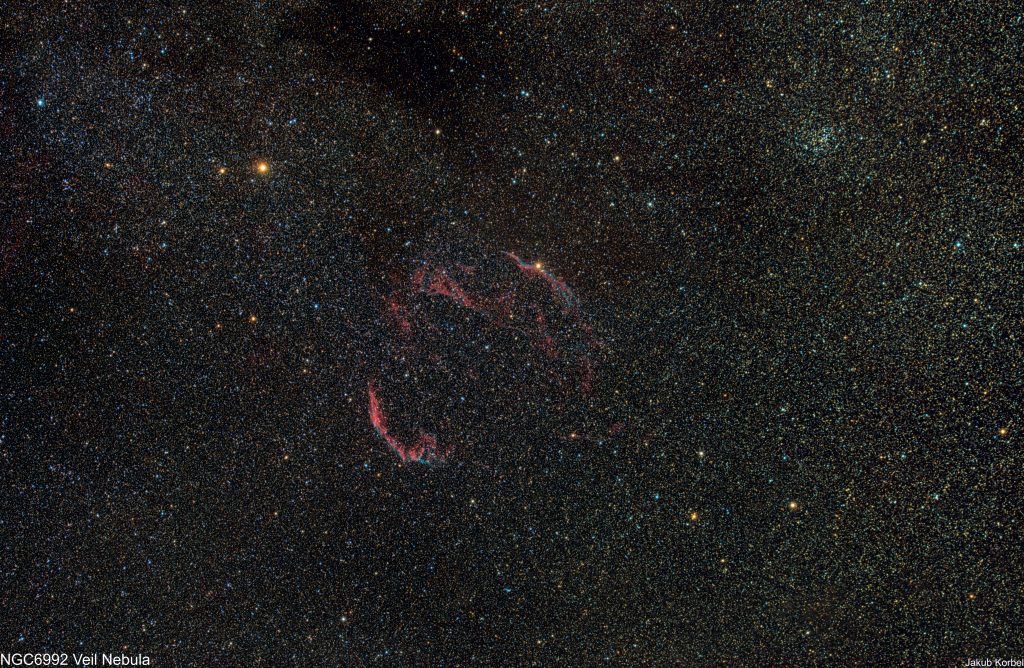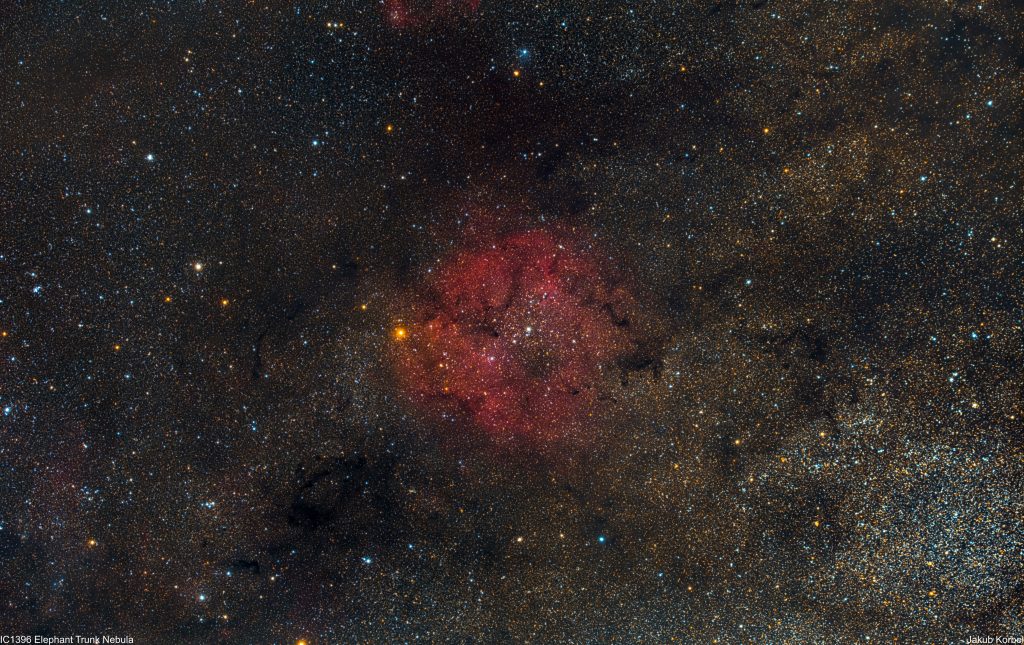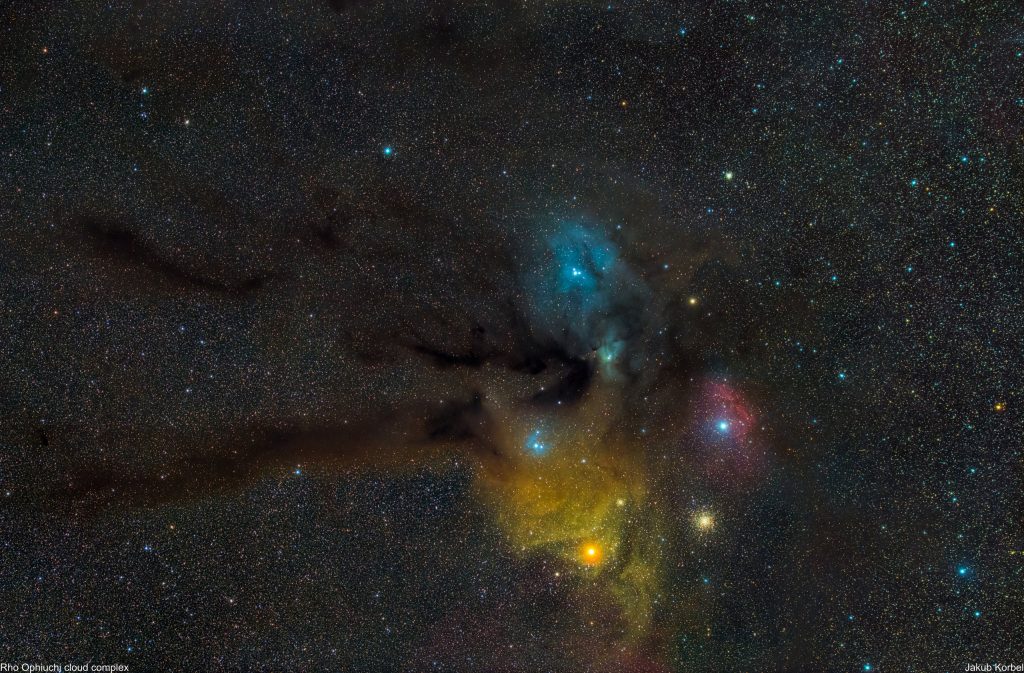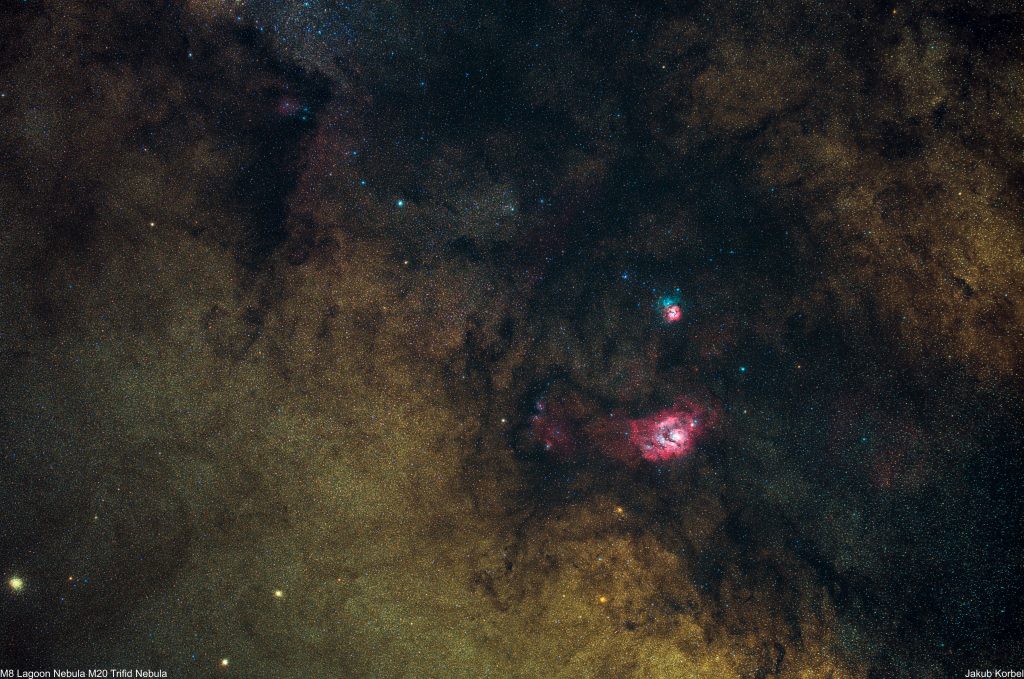NGC 5128 Centaurus A is a galaxy, which can be found in cancellation, you can guess which one, Centarus. This galaxy is not visible from Europe or from the northern hemisphere. If anyone wants to observe or photograph it, he has to go south. And this is precisely what I did. I went to Namibia, specifically to an Astrofarm Kiripotib. I went there with a plan and this Galaxy was my first and primary target. As for most galaxies, one needs a long focal length. Therefore, I rented a telescope there. Specifically, it was Meade 10″. I brought my own focal reducer TS 0.67 and attached my old ASI071. I made in a total of 133 pictures, each 3 minutes long, and stacked them together. This means nearly 7 hours of exposure time. The dust cloud blocking the light from the galaxy really popped out with the little help of deconvolution.
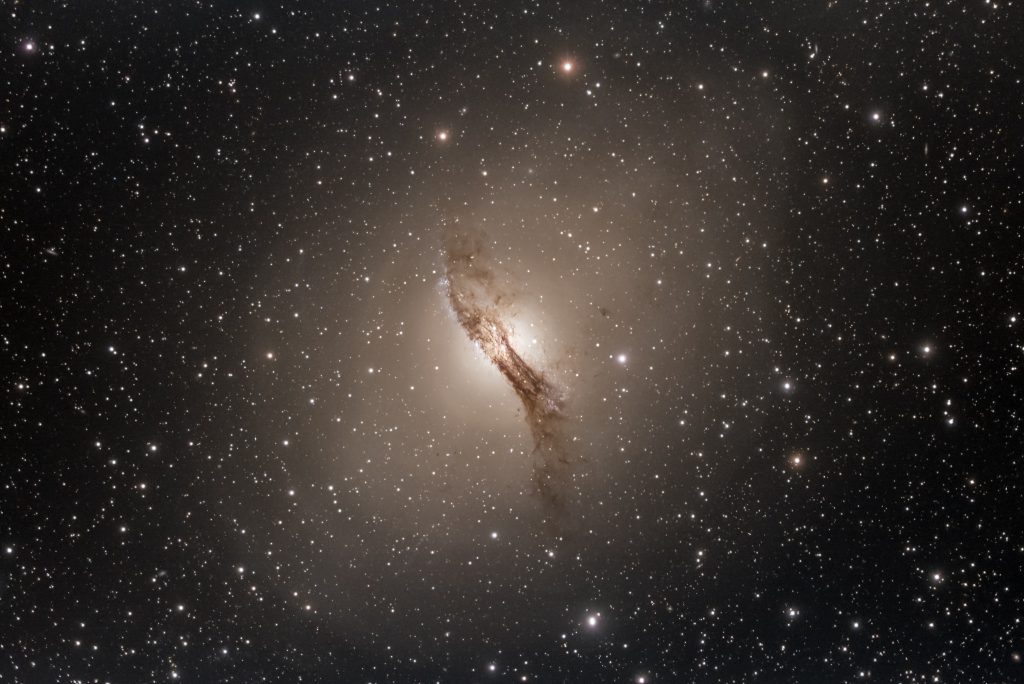
| Telescope | Meade 10" |
| Aperture | 254 mm |
| Focal length | 2097 mm |
| Mount | MK 100K |
| Autoguiding | MGEN 240 mm |
| Camera | ZWO 071 @-10°C |
| Corrector | TS 0.67 reducer |
| Filters | non |
| Exposure | 133x180s, Gain 95, bin 1x1, |
| Date | 2022-05-27 |

